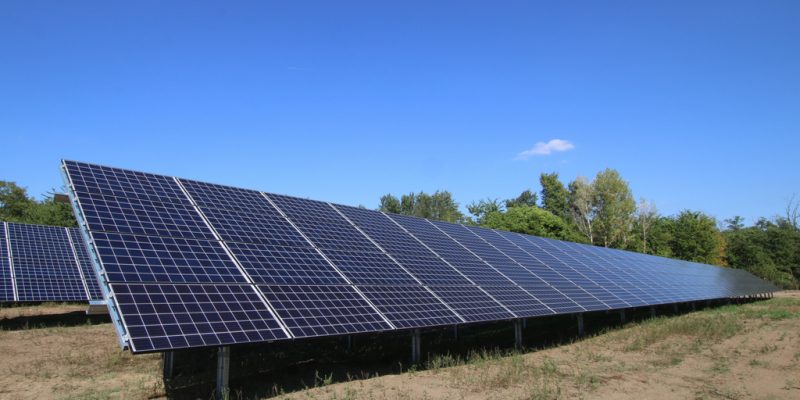
Due to new technology innovations that have resulted in declining costs both for mini-grids and energy generation sources, specifically solar and wind power, mini-grids have the potential to electrify remote areas that would otherwise remain outside of a grid connection. The electrification of the global off-grid rural population remains a major task of many developing and developed countries, and according to the International Energy Agency in the 2013 World Energy Outlook, mini-grids represent the most cost-effective way to provide universal electricity access to these populations. Many rural communities remain isolated from larger, traditional grids due to geographic and economic constraints. Rural electrification Įlectricity consumption per country in million kWh, from CIA Factbook, accessed April 2006 As such, localized mini-grids with on-site generation provide a reasonable alternative. Considering the large distances transmission lines must cover to reach rural areas from centralized generation, up to 30% of power can be lost before reaching the destination, significantly decreasing the efficiency of the overall electrical system. Furthermore, transmission remains an issue for geographically isolated areas, making off-grid alternatives necessary in certain situations. In many areas, centralized power is not feasible due to relatively small dispersed loads in remote areas, but a mini-grid provides an attractive alternative with enhanced stability when compared to stand-alone systems. Mini-grids are functional at small scale and as potential future connections to a larger grid, making this technology attractive for ensuring the reliability of future energy systems. Today, issues such as energy security, energy access, and depleting energy resources remain key issues worldwide.

These isolated electrical systems were then connected and integrated into a larger grid. The electric grids of many developed, high-income countries once started out as mini-grids.

1.1 Motivation for mini-grid development.


 0 kommentar(er)
0 kommentar(er)
